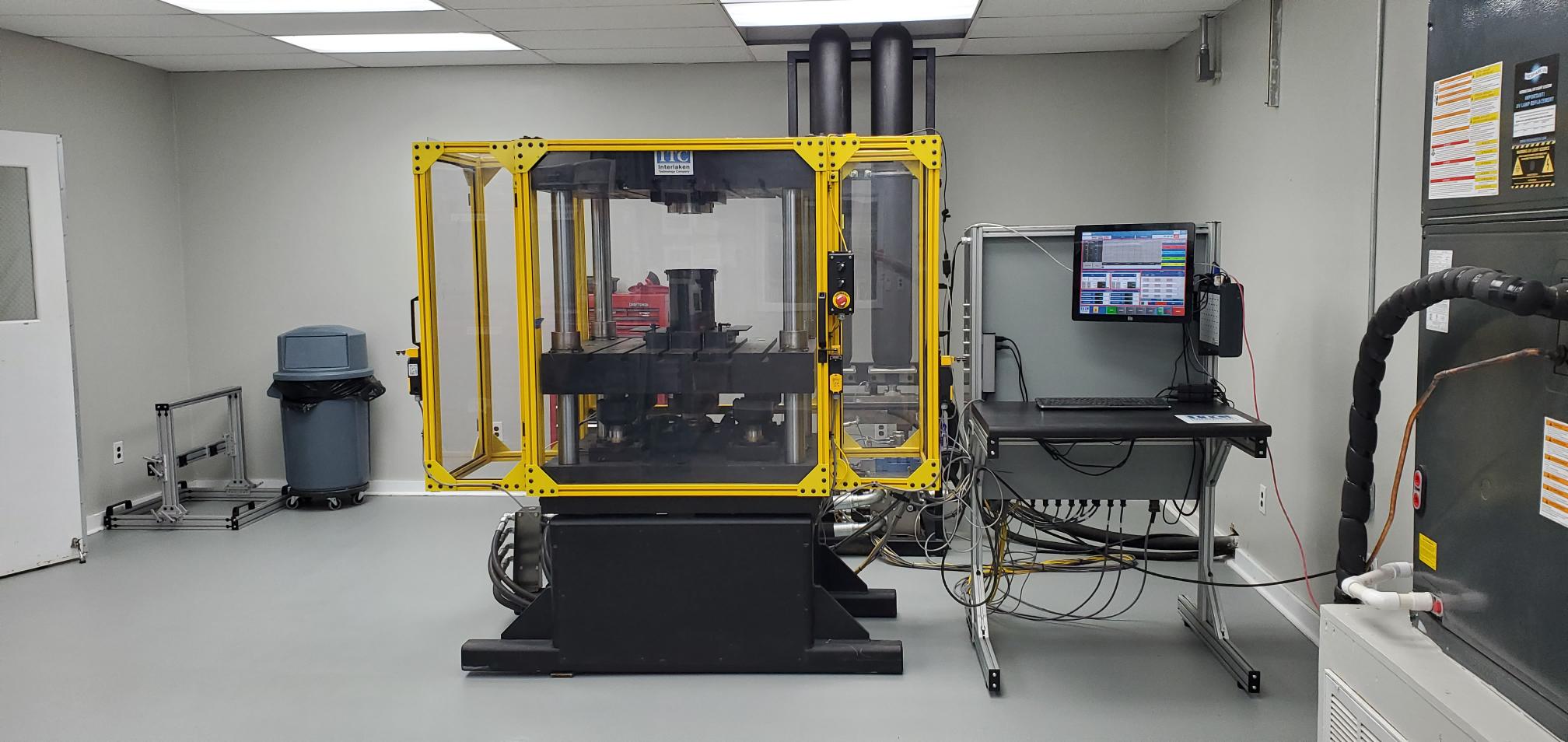Steel Research
At CAVS, we are actively expanding our steel research interest and capabilities. Our current research focuses on developing various grades of steel alloys, including structural steels and automotive advanced high strength steels, as well as modeling efforts to understand and predict properties and performance. The highlight of the steel research laboratory at CAVS is a well-equipped steel manufacturing facility. This facility allows for the production of custom alloys to mimic commercial production on the small scale.
Next Generation Advanced High Strength Steels
The steel research team at CAVS is leveraging multi-scale modeling, testing and characterization capabilities to develop 3rd generation advanced high strength steels. These steels show a combination of strength and ductility higher than those of the 1st generation steels, but doesn't have the prohibitive cost associated with manufacturing 2nd generation steels, such as TWIP and fully austenitic stainless steels.
CAVS steel research team are closely working with steel making partners by using ICME methods to explore novel metallurgical effects at the lower scale. These can be exploited at the lab scale, and then lab-to-fab up-scaled to obtain innovative steel manufacturing methods that are cost-effective, reliable, and can be integrated in current steel plant infrastructures.
Since relationships between powder characteristics and processing parameters are not well understood, experiments are being undertaken to investigate the impact of powders and parameters on the final material properties. Current work focuses on an aerospace alloy commonly used in additive manufacturing, Ti-6Al-4V. One large parametric study sponsored by the Army Research Laboratory is currently in progress to compare different powder production methods, size distributions, morphologies, and reuse of powder. The study investigates effects of powder characteristics and process parameters on LENS-fabricated parts according to an L36 Taguchi design. After production of the test coupons, tensile properties and porosity will be evaluated to determine the effects of powder characteristics. The extensive database of information collected during this study will also feed into modeling efforts relating to additive manufacturing at CAVS.
By-product Recycling and Environmental Control
To produce iron for steelmaking, a blast furnace is used to extract iron from iron ore. The process is energy and raw material intensive and results in the release of greenhouse gases. According to estimates by the US Environmental Protection Agency (EPA), extraction of one ton of iron in the blast furnace results in 2.5 to 3.5 tons of blast furnace gas by-products which consist of dust, nitrogen, carbon monoxide and 12% (0.3~0.4 tons) of carbon dioxide. Ironmakers currently employ various methods to reclaim the by-products and reduce emissions such as recycling of a portion of the gases to burn in the blast furnace stoves. The concept of reduction of carbon dioxide during ironmaking is so important to the steel industry that a consortium of 48 European companies has been built to cooperatively work towards reducing carbon dioxide emissions in a project called ULCOS, Ultra Low Carbon Dioxide Steelmaking. ULCOS has focused on reducing CO2 emissions at current facilities by capturing and storing CO2. Our team is investigating innovative methods to apply technologies from other sectors to steelmaking to reduce carbon dioxide emissions.
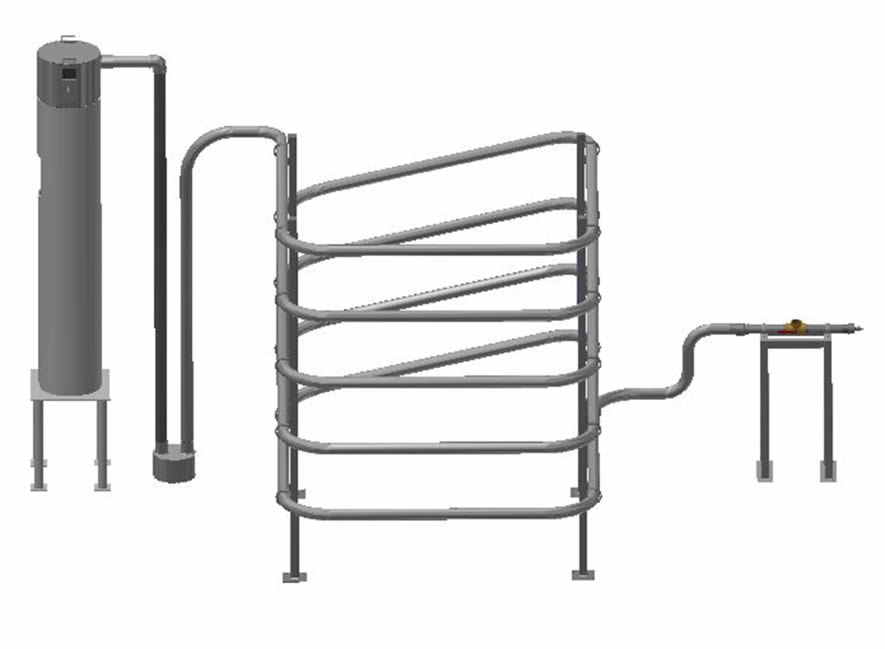
Our lab scale blast furnace is located adjacent to our steel processing facility and consists of a 12” diameter cupola type furnace with a custom gas collection system to collect and cool emissions from the furnace.
Steel Processing

To process our steel, it goes through a variety of subprocesses. The Steel is first melted in a vacuum induction furnace with its alloying elements, it is cast in one of many molds to form an ingot, then it is reheated, rolled, and head treated. To learn more about the process, click the link below.
Steel Processing Equipment
Melting and Casting
Our 50 lb.-capacity vacuum induction melt furnace can produce highly precise alloys. Materials that are free of typical industrial impurities can be produced using high purity alloying materials. Materials that do contain impurities can also be produced to investigate the impacts of these impurities on commercially produced materials. During a typical melt, raw materials are loaded into the crucible and heated to approximately 1600°C, although dependent on which materials are used. Once melted and mixed, various size molds are used to cast ingots for further processing. Molds include 25 lb. and 50 lb. rectangular book molds, as well as custom molds for specific applications.
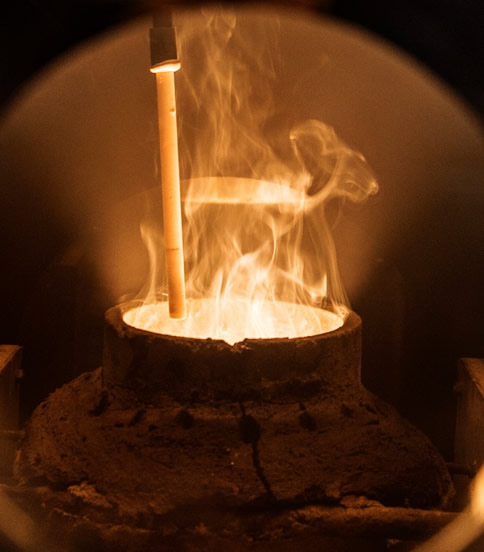
Heat Treatment
CAVS facilities can conduct laboratory-scale heat treatment of all kinds of metal alloys, which is a crucial part of material development. Equipment includes tube and muffle furnaces with a temperature range of up to 1500°C and volume to 400 mm x 400 mm x 550 mm.
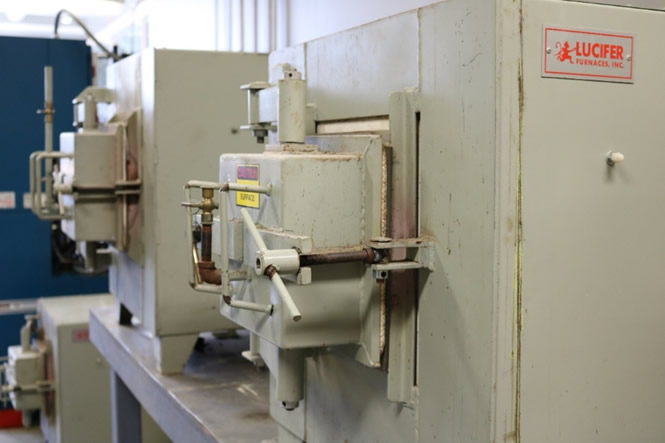
Fenn 2Hi/4Hi Reversing Rolling Mill
The rolling mill at the CAVS Steel Research Center enables researchers to hot and cold roll various metal alloys including Advanced High Strength Steels (AHSS) using a maximum of 850,000 pound of mill separation force. Combining 2-high work rolls of 12-inch diameter and 4-high work rolls of 3.75-inch diameter along with 14-inch roll face width, the machine allows for hot rolling of ingots from 3-inch thickness down to 0.15-inch and cold rolling plates from 0.15-inch thickness down to 0.055-inch.
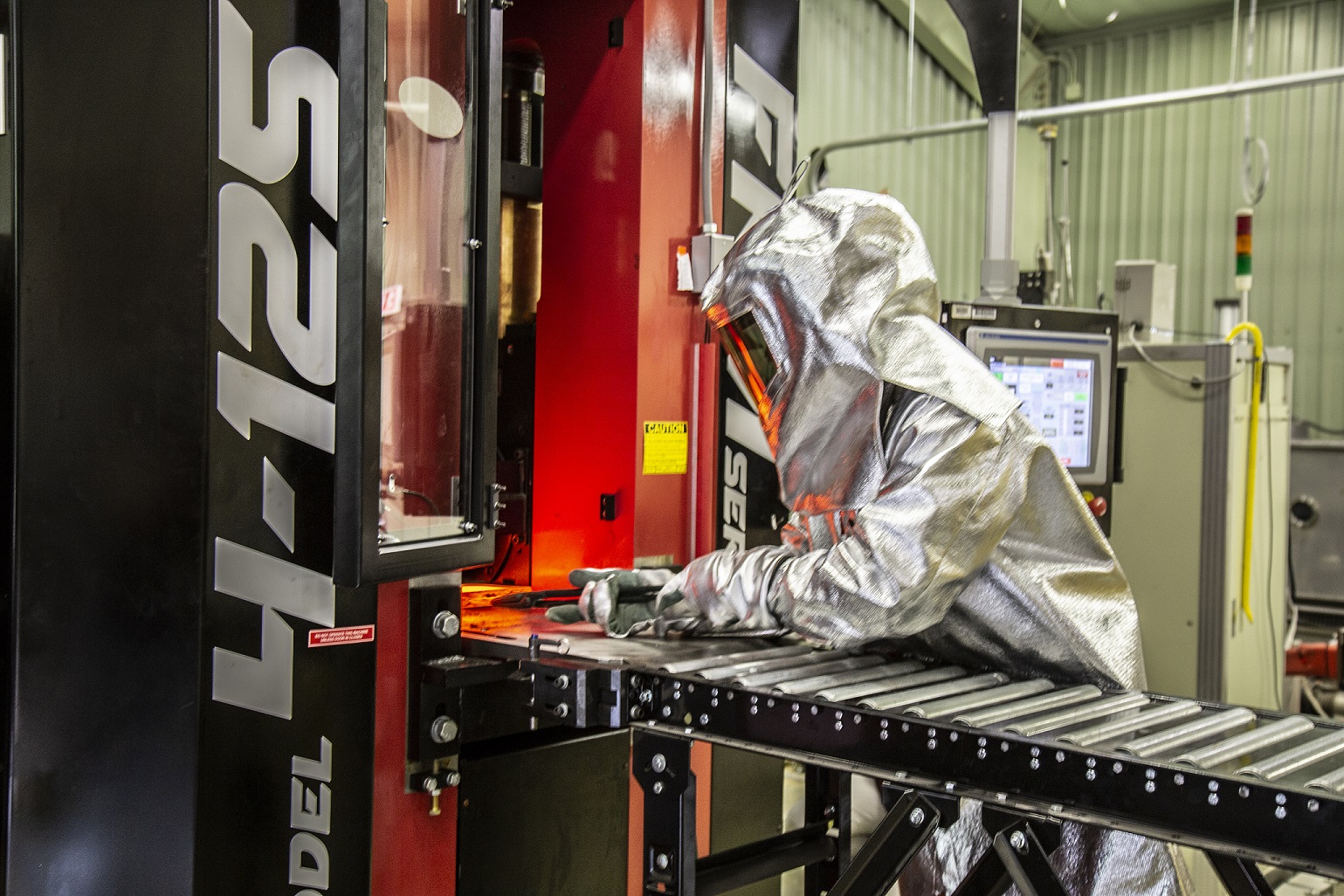
Power Hammer
The CAVS facilities are outfitted with a pneumatic power hammer with a 155-lb ram.
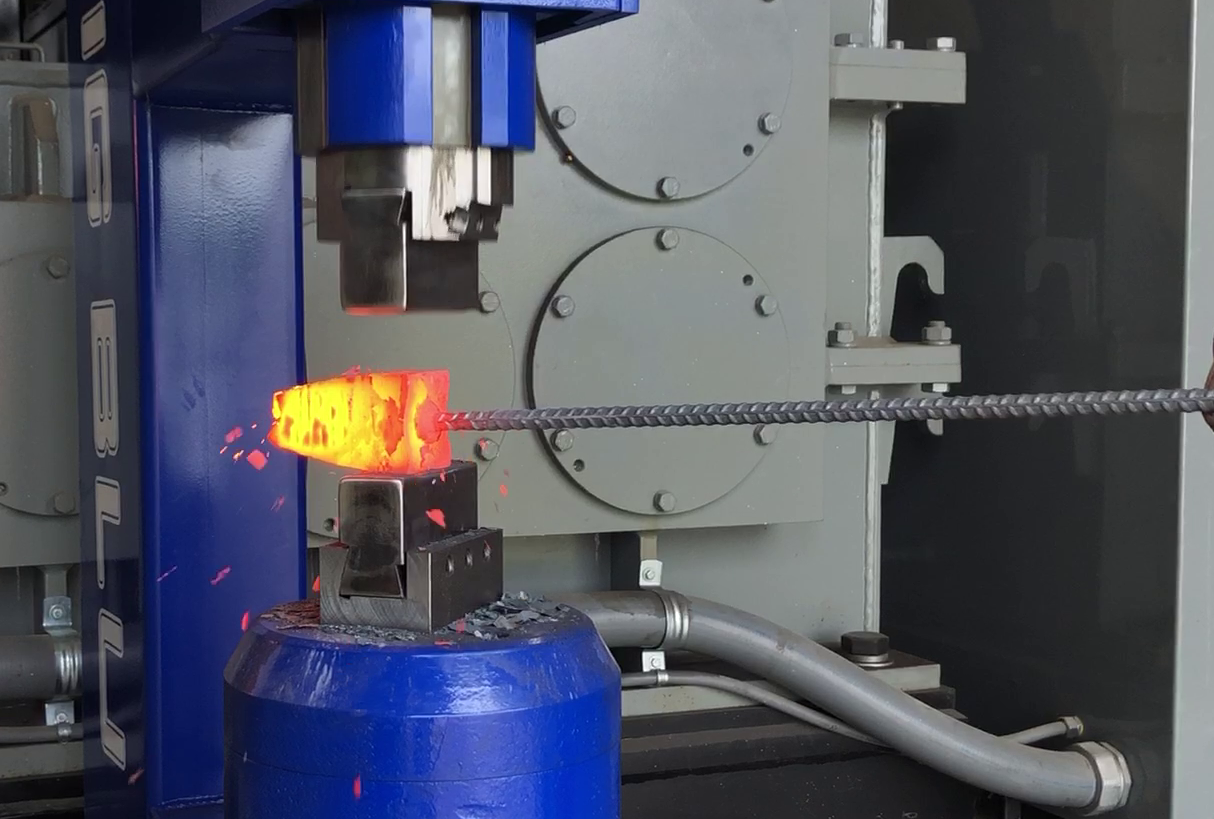
Forging Press
The hydraulic forging press at the CAVS Steel Research Center has a 50-ton capacity.
Metal Formability Tester
The CAVS facilities are equiped with an Interlaken ServoPress SP150 capable of:- 667 kN clamp force (static)
- 511 kN punch force
- 400 mm/s punch velocity
- Tooling for hole expansion, Nakajima, and Erichsen tests; option for additional (Fukui, Marciniak, Bulge die) and custom tooling
- Frame for 2-camera 3D DIC
